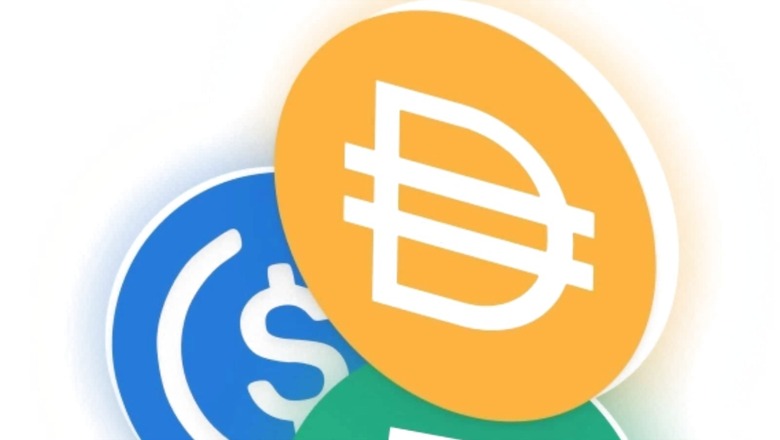
views
Ethereum, the second most popular cryptocurrency network, is destroying a section of its own supply on purpose.
It has reduced the issuance of its cryptocurrency, Ether, by 65% since August 2021. According to Watch the Burn, an Ether data dashboard, it is the equivalent of more than $5.8 billion burnt, destroyed and taken out of circulation.
Cutting the amount of available currency is part of a multifaceted strategy to improve the blockchain and reduce the amount of money that crypto miners may make from each transaction.
PREVENTING GAMING OF THE SYSTEM
The Ethereum Improvement Proposal (EIP) 1559 was implemented by the network in 2021. As a result, transaction fees, which were previously solely paid to miners, were split into a base charge and a tip to the miner. The miner now receives a tip, but the base fee is either burned or destroyed.
According to Tim Beiko, an Ethereum developer, the burn is required to prevent miners from “gaming the system” with spam transactions under EIP 1559.
“If we did not burn part of the transaction fees, they could fill blocks with spam transactions, raising the minimum fee for everyone, but themselves, because they would get back the fees,” he told Fortune.
This can also help the network’s transaction fees remain stable, according to Beiko.
Depending on how crowded the network is, such fees can add hundreds of dollars to the cost of executing Ether transactions.
Furthermore, the burn assures that transaction fees are paid in Ether, cementing Ether’s role as the Ethereum network’s currency, according to Beiko. Miners can offer services in other currencies or be paid in other currencies for their users’ transaction fees, but on Ethereum, the charge must be paid in Ether.
In the long run, burning Ether’s currency can make it deflationary, decreasing its supply and increasing its value. However, according to Beiko, deflation isn’t the goal and the burn doesn’t guarantee it.
While Ether has already burned a substantial amount of its currency, the network’s ‘merge’, a highly anticipated big upgrade to Ethereum, which will transform the blockchain from a proof of work to proof of stake, might destroy even more.
THE TECHNIQUES
Most cryptocurrencies employ one of two basic consensus techniques.
Oldest of the two is proof of work, which is utilised by Ethereum 1.0, Bitcoin and many other cryptocurrencies, while the proof of stake is a modern consensus method that powers Ethereum 2.0, Cardano, Tezos, and other newer cryptocurrencies.
One significant distinction between the two consensus procedures is energy consumption. Proof of stake allows networks to run with significantly low resource usage because miners do not need to spend electricity on duplicative procedures while competing to solve the same puzzle.
However, before Ethereum’s ultimate switch to a proof of stake network, the blockchain merged on the Kiln testnet, with network validators now producing post-merge blocks containing transactions.
According to blockchain analytics firm IntoTheBlock’s newsletter, following the ‘merge,’ the amount of ETH issued is expected to fall by 90%, resulting in similar amounts of fees reducing Ether’s supply by up to 5% per year.
Read all the Latest Tech News and Breaking News here



















Comments
0 comment